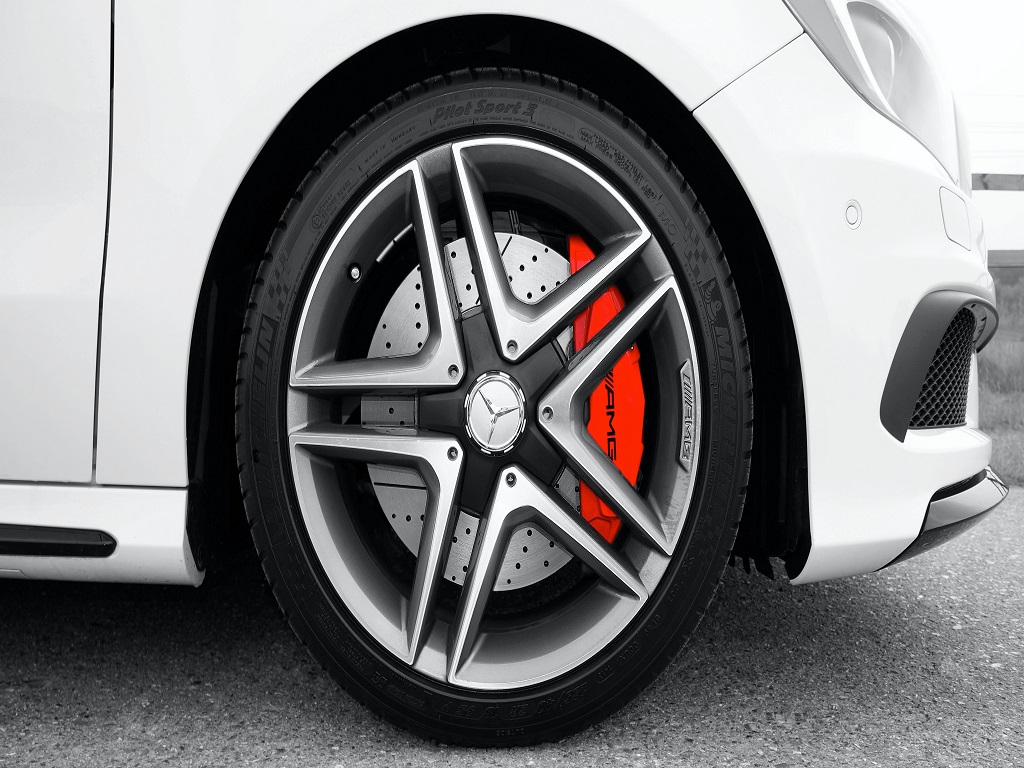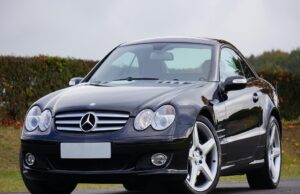Tires can look quite similar. And the tasks they have to perform are identical as well. But, for them to perform the way they’re supposed to, you need to choose the right set. We’ll help you figure out how to do that.
Weather Conditions
Tires have to handle a range of weather conditions. They have to face rain, heat, snow, ice, and perform well through them all. But each condition affects tire performance. To stay safe through it all, you’ll need a set of tires that perform in the conditions you commonly face as well as the extreme conditions you’re likely to encounter. If the climate in your area is relatively warm and never goes below freezing, then you can use all-season or summer tires.
If the conditions in winter drop to below freezing, you’ll need one set of summer tires and one set of winter tires to maximize safety. Or you could use one set of all-season tires through it all. If you experience severe winters and the temperature goes below freezing along with heavy snow or ice, you definitely need one set of winter tires. The rest of the time, you could use summer or all-season tires.
Road Type
If you mostly drive on city roads, look for tires that optimize braking distance on dry and wet roads. The constant start-stop nature of city driving also stresses out tires, so ensure you choose a set that’s rated for longevity. Another useful feature would be low rolling resistance to improve your vehicle’s fuel economy. The point about braking distance also applies to highway driving. But if you’re spending most of your time on highways, look for tires that offer comfort in terms of low vibration and low noise level. Also, look for tires that provide excellent grip and stability. If you mostly drive on unpaved roads, look for tires that offer off-road traction and high durability.
Driving Style
For those that like a quiet, comfortable ride, choose tires with lower speed ratings that are optimized for comfort. If you like enthusiastic driving, then choose high-performance tires that offer great handling and steering precision. Remember to consult the owner’s manual for speed recommendations.









